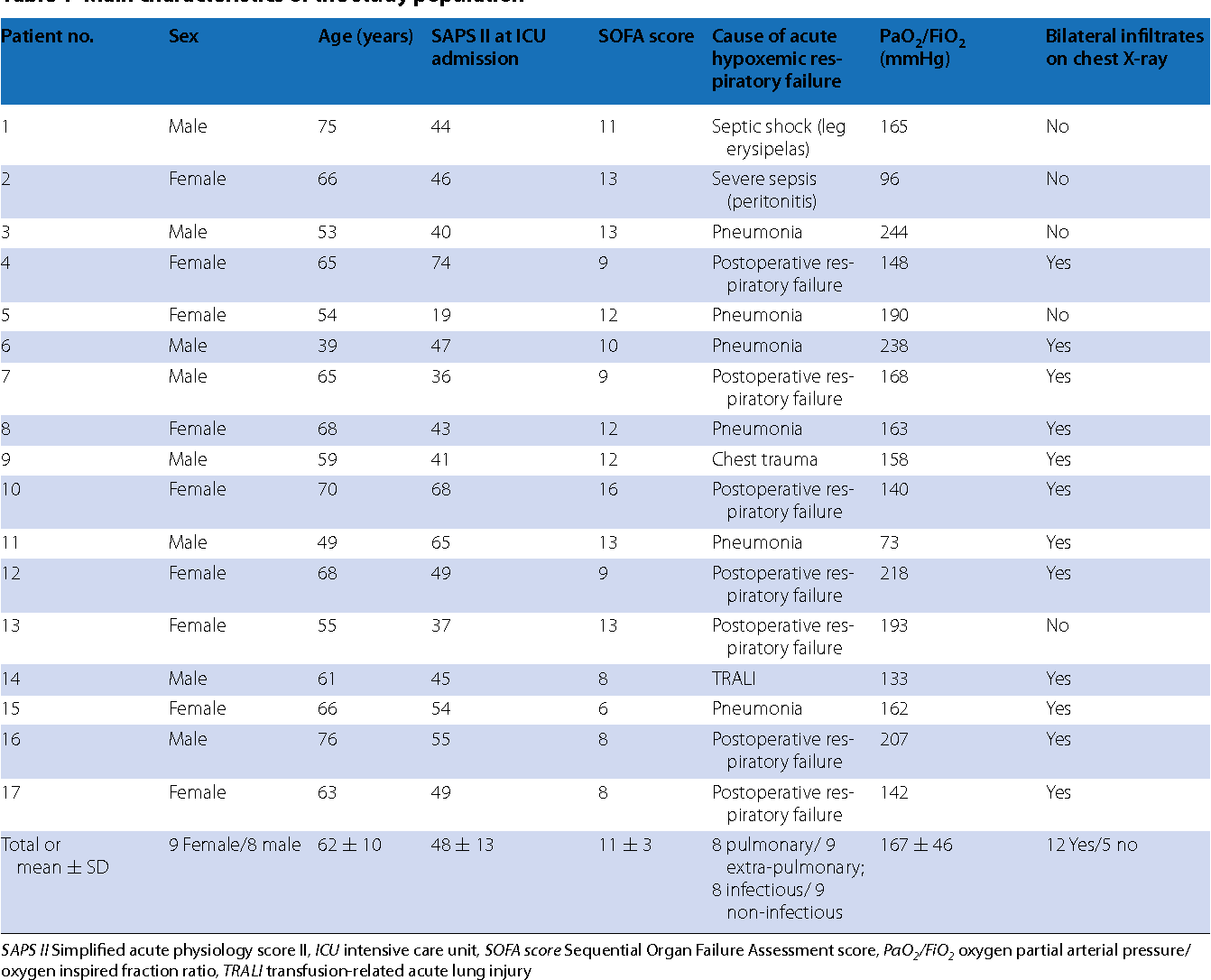

22☑0 in the standard-oxygen group and 19☑2 in the noninvasive-ventilation group P=0.02 for all comparisons). The number of ventilator-free days at day 28 was significantly higher in the high-flow-oxygen group (24☘ days, vs. The intubation rate (primary outcome) was 38% (40 of 106 patients) in the high-flow-oxygen group, 47% (44 of 94) in the standard group, and 50% (55 of 110) in the noninvasive-ventilation group (P=0.18 for all comparisons). The primary outcome was the proportion of patients intubated at day 28 secondary outcomes included all-cause mortality in the intensive care unit and at 90 days and the number of ventilator-free days at day 28.Ī total of 310 patients were included in the analyses.
#High flow nasal cannula trial
We performed a multicenter, open-label trial in which we randomly assigned patients without hypercapnia who had acute hypoxemic respiratory failure and a ratio of the partial pressure of arterial oxygen to the fraction of inspired oxygen of 300 mm Hg or less to high-flow oxygen therapy, standard oxygen therapy delivered through a face mask, or noninvasive positive-pressure ventilation. Therapy with high-flow oxygen through a nasal cannula may offer an alternative in patients with hypoxemia.

Whether noninvasive ventilation should be administered in patients with acute hypoxemic respiratory failure is debated. This effect is associated with an improvement in respiratory mechanics. High-flow nasal cannula, when set at 60 L/min, significantly reduces the indexes of respiratory effort in adult patients recovering from acute respiratory failure. Respiratory pattern variables and capillary blood gases were not significantly modified between experimental conditions. Esophageal pressure-time product/min decreased from 165 (126-179) to 72 (54-137) cm H2O Secondary outcomes included tidal volume, respiratory rate, minute volume, dynamic lung compliance, inspiratory resistance, and blood gases.Įsophageal pressure variations decreased from 9.8 (5.8-14.6) cm H2O at baseline to 4.9 (2.1-9.1) cm H2O at 60 L/min (p = 0.035). The primary outcomes were the indexes of respiratory effort (i.e., esophageal pressure variations, esophageal pressure-time product/min, and work of breathing/min). Twelve adult patients with respiratory distress symptoms were enrolled in this study.įour experimental conditions were evaluated: baseline with conventional oxygen therapy and high-flow nasal cannula at 20, 40, and 60 L/min. Institut Universitaire de Cardiologie et de Pneumologie de Québec, QC, Canada. This study was designed to assess the effects of high-flow nasal cannula on indexes of respiratory effort (i.e., esophageal pressure variations, esophageal pressure-time product/min, and work of breathing/min) in adults.Ī randomized controlled crossover study was conducted in 12 patients with moderate respiratory distress (i.e., after partial recovery from an acute episode, allowing physiologic measurements). However, little is known about its impact on respiratory effort, which could explain part of the benefits in terms of comfort and efficiency. High-flow nasal cannula is increasingly used in the management of respiratory failure. Effect of non-invasive oxygenation strategies in immunocompromised patients with severe acute respiratory failure: a post-hoc analysis of a randomised trial. Odds ratios for intubation were higher in patients treated with noninvasive ventilation than in those treated with high flow nasal cannula therapy ( Frat JP, Ragot S, Girault C, et al. High-flow oxygen through nasal cannula in acute hypoxemic respiratory failure. This effect is associated with an improvement in respiratory mechanics ( Frat JP, Thille AW, Mercat A, et al. HFNC set at 60 l/min reduced the respiratory effort in patients recovering from acute respiratory failure. Effects of High-Flow Nasal Cannula on the Work of Breathing in Patients Recovering From Acute Respiratory Failure. There was a significant difference in favor of HFNC in 90-day mortality ( Delorme M, Bouchard PA, Simon M, Simard S, Lellouche F. Treatment with HFNC resulted in lower intubation rates in the most severe patients.


 0 kommentar(er)
0 kommentar(er)
